THE PHIPPS FAMILY AND ITS CONNECTION TO THE MORSE
FAMILY
MATILDA
PHIPPS AND FREDRICK MORSE.
Returning
to Matilda (1836) and Fredrick (1830) Morse. Fredrick’s family can be traced back to the mid sixteenth century, to John
Morse and his wife Margaret Jones who were married on August 3, 1762. Their son was George Morse, 1758 who married Elizabeth
Davies and their son was John Morse 1791 whose wife was Damaris Bailey, 1798. These were the parents of Fredrick Morse (1830)
Their other children were ....
Damaris 1818, married John Morgan
Mary Ann 1820,
Thomas1822,
John 1826, married Damaris Bailey
Edmond Riley R 1831, married Theophilia Whetson
Harriet 1834,
Phoebe 1837, (Matilda’s sister-in-law), married Mark Gifford
Mary 1840,
Eliza 1845.
Fredrick and Matilda were the first occupants
of Stone Cottage, Yorkley. Their children included George King Bailey Morse of 1877. George married Edith Matilda Watts, 1876 and they had two daughters Freda Matilda Morse 1912 and Doris Agnes Morse. Freda
married a Rennie Phipps. It has not yet been possible to link him with the immediate Phipps family. However, Freda was the
granddaughter of Matilda Phipps. Freda wrote a fascinating account of her
life in Stone Cottage which can be found on the internet under
‘Early
days at Stone Cottage, Yorkley, Gloucestershire’ by Freda Phipps (nee Morse).
John
Morse 1791 had a brother George 1784. George’s son was named George Morris Morse, 1815, who emigrated to New Zealand
Zealand in the early 1860s. His wife, followed her husband to N.Z. in 1863 taking her son,
(Charles Benjamin Morris Morse),
his wife (Jane James) her daughter (Julianna Elizabeth Morse) and her husband too. George settled in Dunedin, South
Island, and was at first a mining surveyor but later bought a small coal mine on the island.
Another
of John’s brother was George Morse , 1784, whose son Richard Morse 1811, was a writer who was known in the area as ‘The
Bard of the Forest’. Two of his books can be found in Gloucester Library along with
published poems. Richard had four children, two of which, Francis and Emily emigrated
to Queensland, Australia.
Emily was an actress who performed under the name of ‘Kate Arden’. She married twice. First to a Charles Robert
Jennings who was the father of their daughter Elizabeth Esther Ellen Jennings. Emily’s second husband was William John
Holloway. He was born in London and became interested in amateur dramatics and formed his own
company, in 1880, in Ballarat, Victoria,
Australia. He specialised in Shakespeare and played seasons
in various Australian cities.
Elizabeth
Esther Ellen Jennings also became an actress whose stage name was Essie Jenyns and she became famed throughout Australia in the 1880s. She performed with her stepfather
William John Holloway and below is one newspaper report.
'Miss Esmeralda' finished on Thursday the 16th. The theatre was dark on the
17th to allow a return of the W.J. Holloway Company, with their star Essie Jenyns. After this season Essie would be off to
fulfil engagements in London. On Saturday August 18th 'The
Merchant of Venice' opened for a week. "Both Miss Jenyns and
Mr. Holloway on their first appearance were loudly cheered, the reception accorded to the former being especially enthusiastic."
(Argus) This was followed by a few performances of 'As You Like It' and 'Ingomar the Barbarian'.
Perhaps the chart below can help demonstrate the connections between the Phipps
and the Morse families.
GEORGE
MORSE 1758 married ELIZABETH DAVIES
SON John Morse 1791 married
SON George Morse 1784 married
Damaris Bailey 1798
Ann Morris
I
I
SON Frederick Morse 1830 married
SON Richard Morse 1811
Matilda Phipps 1836
married Ann Harris
I
I
SON George King Bailey Morse 1877 married DAUGHTER
Emily Ann Morse married
Edith Matilda Watts 1876
Charles Robert Jennings
I
I
DAUGHTER Freda Matilda Morse
1912 DAUGHTER
Elizabeth Esther Ellen Jennings
married Rennie Phipps 1864
(actress Essie Jenyns)
Marilda
Phipps was the great aunt of William George Phipps 1886, the grandmother of Freda Matilda Morse 1912 and the great aunt of
Elizabeth Ester Ellen Jennings, 1864 ... the actress Essie Jenyns
ELIZABETH ESTHER ELLEN JENNINGS
(1864-1920)
Actress,
best known as 'ESSIE JENYNS', was born on 5 October 1864 at Brisbane, the second child of Charles Jennings, chemist, and his
wife Emily, née Morse (Moss). Her father died in 1871 and her mother went on the stage as 'Kate Arden' and in 1877 married
William James Holloway, actor-manager. As Essie Jenyns, Elizabeth had her first speaking role
in 1879 at the Theatre Royal, Hobart, under the tragedian, William Creswick, and next played in George Rignold's production of Henry V in Adelaide.
By 17 she had played such roles as Ophelia, Desdemona and Lady Teazle. Holloway worked Essie very hard; Nellie Stewart attributed her unhappy adolescence to 'stepdaughter's luck', though she was often
ill.
In 1884 Essie visited Europe with her mother and Holloway. She saw
Sarah Bernhardt act, watched the foremost French directors instruct students at the Paris Conservatoire,
and in London saw the actress, Mary Anderson, in whose roles
she was to excel. With his own 'Shakespeare Company' Holloway opened in Sydney in September
1886, claiming that Essie, who had not acted overseas, had been 'pronounced by eminent critics to be the foremost actress
in Australia'. The Evening News, 13 September,
praised her 'pleasing' performance and voice in the melodrama, A Ring of Iron. Overnight she became the star Holloway had
advertised.
After fourteen weeks at the Opera House and sixteen at the Criterion in Sydney
she played for twenty weeks at the major theatres in Melbourne, Adelaide,
Hobart and Brisbane. Excelling
in such roles as Rosalind and Portia, she gave a much-needed boost to the ailing production of Shakespeare. She became the
first star in George Darrell's Sunny South. One reviewer observed that audiences were so mesmerized by her great
beauty and fascination that they were unable to judge her acting. Although she showed little original interpretation, smitten
admirers claimed that she had 'infinitely more soul' than any contemporary comic actress, and she was a native-born Australian.
At the height of her success on 5 December 1888 Essie married John Robert Wood, a prominent cricketer
and son of a wealthy Newcastle brewer. Holloway had plans
for her to try her luck in London but she saw her marriage
as an excuse to retire from the stage. Later she claimed that although she missed the hard work in the theatre she had only
acted for a living. In the 1890s the Woods toured Europe for five years in their yacht Imogen.
Essie described their Mediterranean cruise in Yachting Ways and Yachting Days (London,
1892). Her early retirement into respectable and wealthy domesticity made her the heroine of women's magazines and apart from
charity, patriotic and benefit performances she emerged only once from retirement to play in a special Sydney presentation
of The Merchant of Venice under Ellen Terry in 1914. The Woods later lived at Putney Hill, London. Essie died at Killara, Sydney, on 6 August 1920 and was buried by an Anglican minister
in the Presbyterian section of the Sandgate (Newcastle) cemetery.
She was survived by her husband, a son and a daughter. Her estate was valued at £1697. She left her 'presentation copy of
Shakespeare (1623)' to the National Art Gallery of New South Wales as a gesture to the people of Sydney 'for their loyalty to me'. In 1922 her remains were disinterred, cremated and buried
in Waverley cemetery.
NEWSPAPER REPORT ON ESSIE JENYNS WEDDING
Miss Essie JENYNS was married to Mr. John R. WOOD, of Newcastle, in St.
Andrew's Cathedral to-day. The event excited great interest, and the press of the general public in the cathedral was so great
that the marriage party had difficulty in making their way through the building. The crushing and rushing crowd inside and
outside of the building brought about many disgraceful scenes. Some ladies and children got very rough treatment, and many,
including the bride, were reduced to a fainting condition. The cathedral fittings were seriously damaged seats, railings,
and gas standards being broken down, the curtains torn, and carved woodwork chipped and broken, and all the handsome floral
decorations destroyed.
Taken from The Queenslander, Brisbane
The Imogen
yacht was originally launched in August 1890 from the Fleming & Ferguson’s
Yard on the River Clyde. She was originally commissioned by Mr J R Wood of
New South Wales as a wedding present for his bride Miss
Essie Jenyns.
HISTORY OF THE YACHT IMOGEN (VERONA)
After
her inaugural voyage around the Mediterranean, she was sold in 1893 to her new owner D S Schilizzi.
She remained based in Glasgow until her next sale in 1894
when she was bought by K M & N Clark and renamed Katoomba. She was again sold in 1896 to C E & C A Allan and again
renamed Tighnamara. She remained in her home port of Glasgow
until 1898 when she was again sold to the Countess of Shaftsbury and based at Port Greenock.
A year later in 1899 she was again sold to Davison Dalziel and renamed Verona.
A
year later in 1900 she was bought bt Col Henry Platt CB who kept her for three years before selling her to Lt Col C Meeking
in 1903. He kept her based in Port Greenock for the next 9 years until his death in 1912.
The executors of his estate sold her next to Alfred D Broughton in 1913 and he kept her for a year before selling her to Hugh
Andrews DL, JP in 1914. He didn’t get too long to enjoy his purchase because following the outbreak of THE First World War she was handed over to the Royal Navy as an Auxiliary Patrol Yacht on 7 Nov 1914.
She
patrolled as an Auxiliary Patrol Yacht in the Peterhead area during 1914 and 1915 before moving to Cromarty in the Moray Firth in 1916. She sank on 24 Feb 1917 after hitting a mine and sank with the loss of
four officers and nineteen men.
CENSUS RECORD OF 1881
Shows that Essie and John were staying at the Crab and Lobster Hotel, Isle of Wight. Their one year old daughter was also there.
Another of Matilda’s
brothers-in-law was Edmond Riley R Morse 1831 (son of John Morse 1791). His occupation was a carpenter and married Theophilia
Whetson 1832. Two of their children were Minnie Violetta (Valetta) Morse and John Wheatstone Morse. They, along with their
cousin Damaris Gifford, the daughter of Phoebe (Morse) and Mark Gifford., went to live and work in Lancashire
at the Asylum at Whittingham. John Wheatstone Morse after retiring from his post as 'Head Lunatic Attendant', along with his
wife Emily Freeman (Morse) ran the White Bull Public House in Great Eccleston, Lancashire
from about 1924 to Emily’s death in 1940
The
Asylum at Whittingham was erected in 1869 at a cost of £338,300.. It held
up to 2800 patients but accommodated even more during the war years. This is a huge site and at one point even had its own
railway!
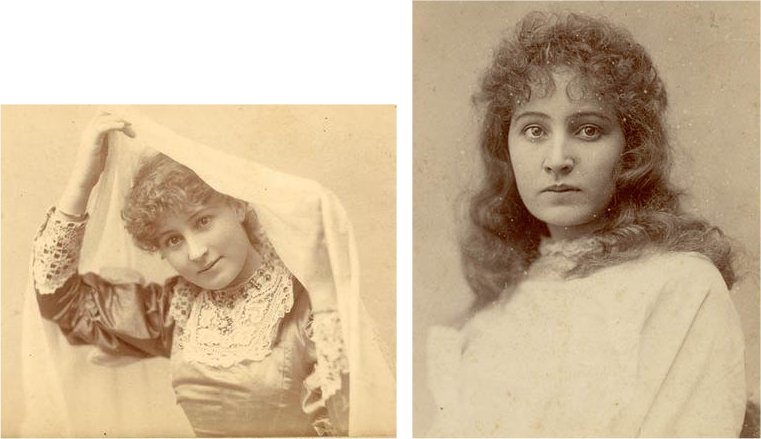
|
| ESSIE JENYNS |

|
| THE YACHT IMOGEN (VERONA) and DINING ROOM |
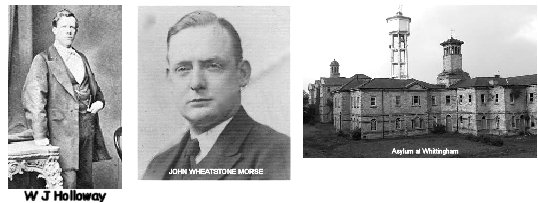
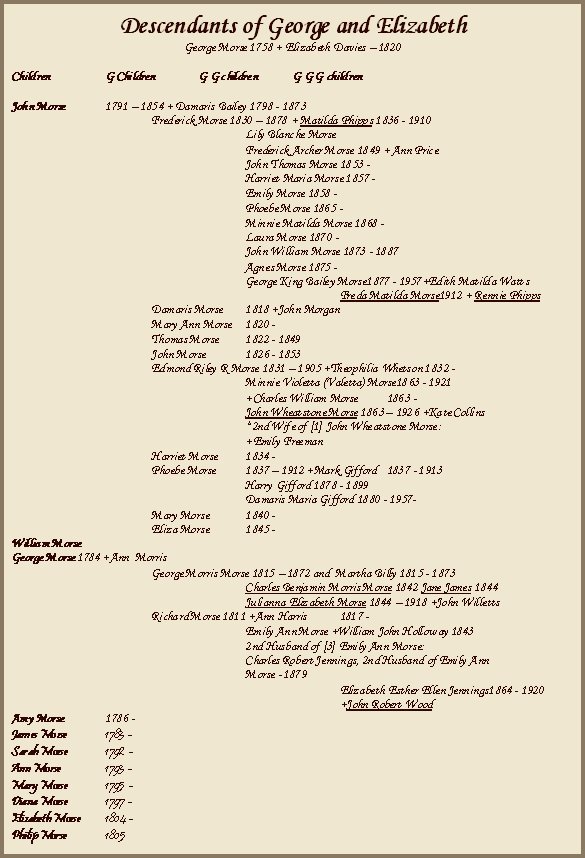
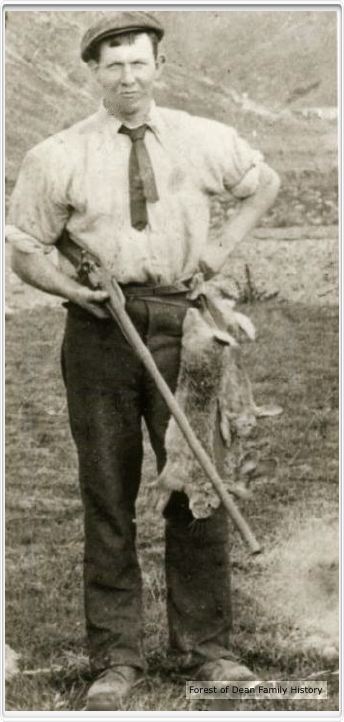
|
| Charles Benjamin Morris Morse in New Zealand |
George Morris
Morse who was born in Lydney, Somerset in 1815 moved to New Zealand with his wife, Martha Billy. They emigrated to New Zealand
on the ‘Tip Tree’ ship in 1864 and there are many descendants living there to this day Their son was Charles Benjamin
Morris Morse, born 1842. Charles died in 1916 at Andrew St. Sydenham, Christchurch,
New Zealand
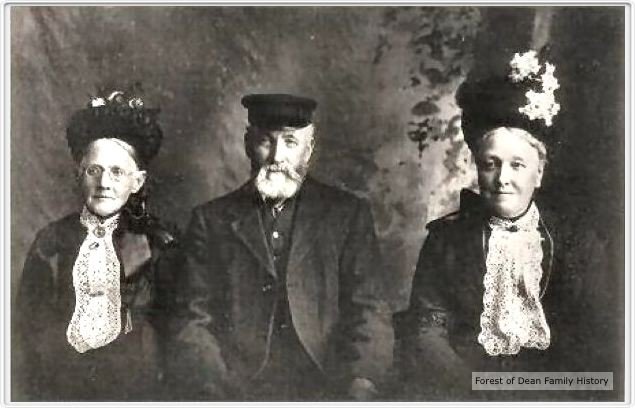
|
| Julianna Willetts (Morse) Charles Benjamin Morris Morse Jane Morse (James) |
|

